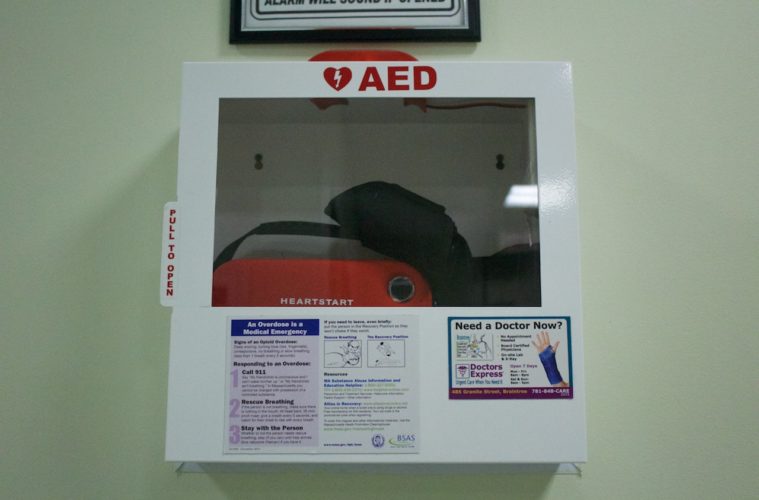Two training sessions on Overdose Prevention and Narcan were held for Eastern Nazarene College staff and faculty. The first was held in November 2017 and attracted about a dozen people, while 14 members of the faculty and staff participated in the session on February 26.
The training, led by recent Eastern alumnus Kurt Gerold, mainly dealt with opioids and their withdrawal symptoms. Gerold is the Associate Pastor of North Street Community Church and also a pastor of the church’s Support Group, “The Anchor,” which specializes in overdose prevention and Narcan training. The training educated staff and faculty by teaching them the signs of overdose and what to do if those signs are encountered.
The session also covered the use of a product called Narcan, a brand of naloxone, which is a drug that can combat an opioid overdose. Narcan is a nasal spray that will travel to the brain to combat the effects of opioid use. An opioid creates a node that acts as a blocker for certain receptors in the brain, but Narcan is capable of knocking the node off, allowing for regular brain activity to be reestablished.
As of last semester, in response to the increasing number of overdoses occurring in public places, the AED cabinets around Eastern’s campus were outfitted with Narcan. These cabinets can be found in the Nease Library, the Cove Center for Arts, and the Mann Student Center. The administration chose these locations because they are the most publicly accessible buildings on campus.
School Nurse Patsy Malas shed some more light on the problems with opioids. “Hospitals used to give out Percocet [a potent pain reliever] like it was candy,” says Malas. “It’s one of the opioids, and what we didn’t know back then was how addictive it was. What I was especially unaware of is that people keep taking the opioids simply because they want to avoid the withdrawal, rather than chasing the high.”
Typical symptoms of opioid withdrawal, according to both Malas and Gerold, include:
- Muscle and joint pain
- Runny nose and eyes
- Nausea, vomiting, abdominal cramps
- Diarrhea
- Goosebumps, chills, sweating
- Anxiety, depression, intense craving
- Loss of appetite
- Confusion and irritability
“The symptoms are worse than the worst flu,” explains Malas. Gerold instructed staff and faculty that in the case of finding someone who has overdosed, they should see if they can tap or shake the person for a response. If the person is unresponsive or minimally responsive, staff should call 911 then perform a process called rescue breathing before attempting to administer Narcan.
The Narcan’s presence on campus is not the result of student overdoses. “We hope that we don’t have a student that could require the use of these measures,” says Malas, “but it could happen. We also have members of the community coming into our theatre, gym, and library to use our facilities. There have been many accounts of people going into [other] libraries and shooting up.” Having Narcan-outfitted AED cabinets in these places can provide emergency help if needed in both student and visitor overdose situations.
Now that Narcan has been provided for trained individuals to administer, members of the ENC community can look for help in the event of an overdose here on campus.

